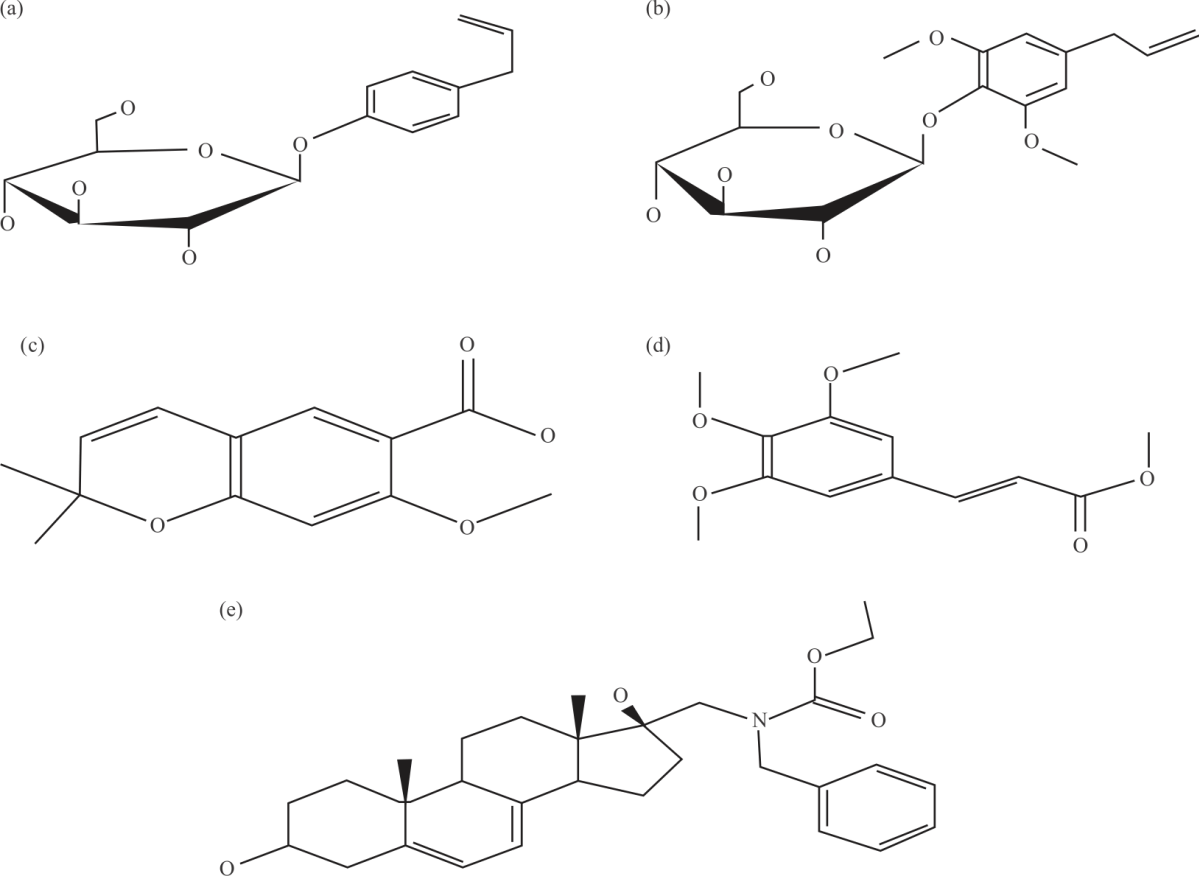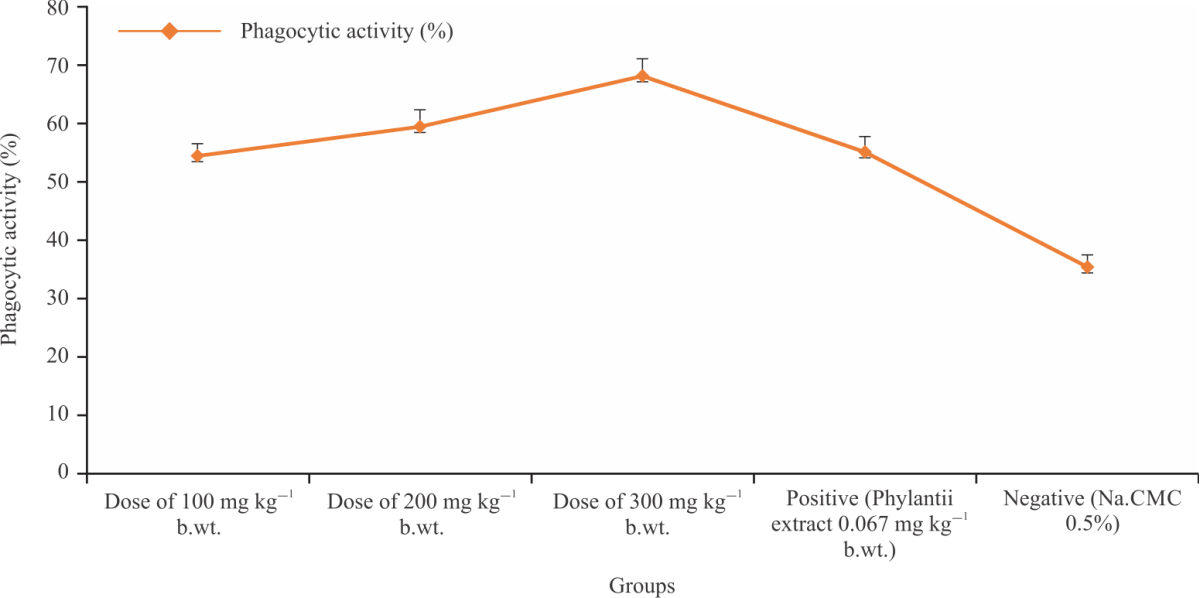Research Article
Phytochemical Analysis and Immunomodulatory Potential on Diabetic-Infected Tuberculosis by Fruit Etlingera rubroloba A.D. Poulsen
Doctoral Program of the Faculty of Pharmacy, Universitas Padjadjaran, Jatinangor, Indonesia
LiveDNA: 62.37930
Ajeng Diantini
Department of Pharmacology and Clinical Pharmacy, Faculty of Pharmacy, Universitas Padjadjaran, Jatinangor, Indonesia
LiveDNA: 62.35634
Eli Halimah
Department of Pharmacology and Clinical Pharmacy, Faculty of Pharmacy, Universitas Padjadjaran, Jatinangor, Indonesia
Riezki Amalia
Department of Pharmacology and Clinical Pharmacy, Faculty of Pharmacy, Universitas Padjadjaran, Jatinangor, Indonesia
Mohammad Ghozali
Department of Biomedical Sciences, Faculty of Medicine, Universitas Padjadjaran, Jatinangor, Indonesia
Euis Julaeha
Department of Chemistry, Faculty of Mathematics and Natural Sciences, Universitas Padjadjaran, Jatinangor, Indonesia
I. Sahidin
Faculty of Pharmacy, Universitas Halu Oleo, Kendari, Indonesia
Asriullah Jabbar
Faculty of Pharmacy, Universitas Halu Oleo, Kendari, Indonesia











